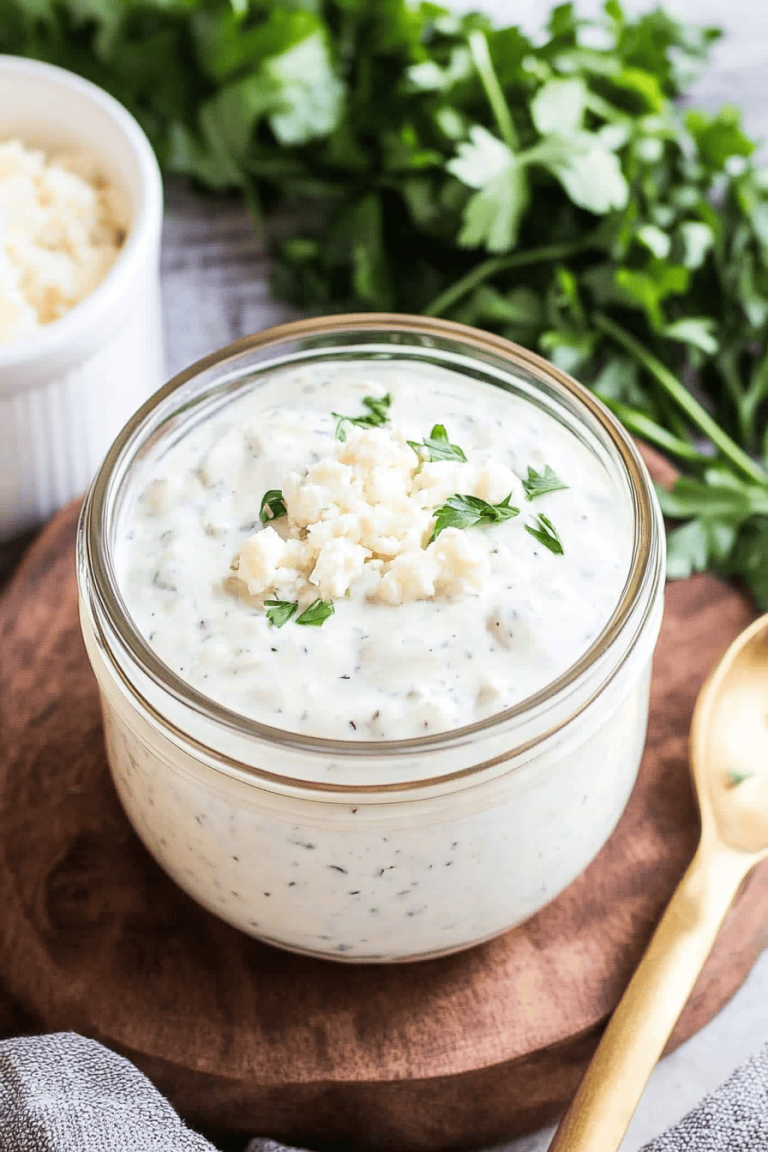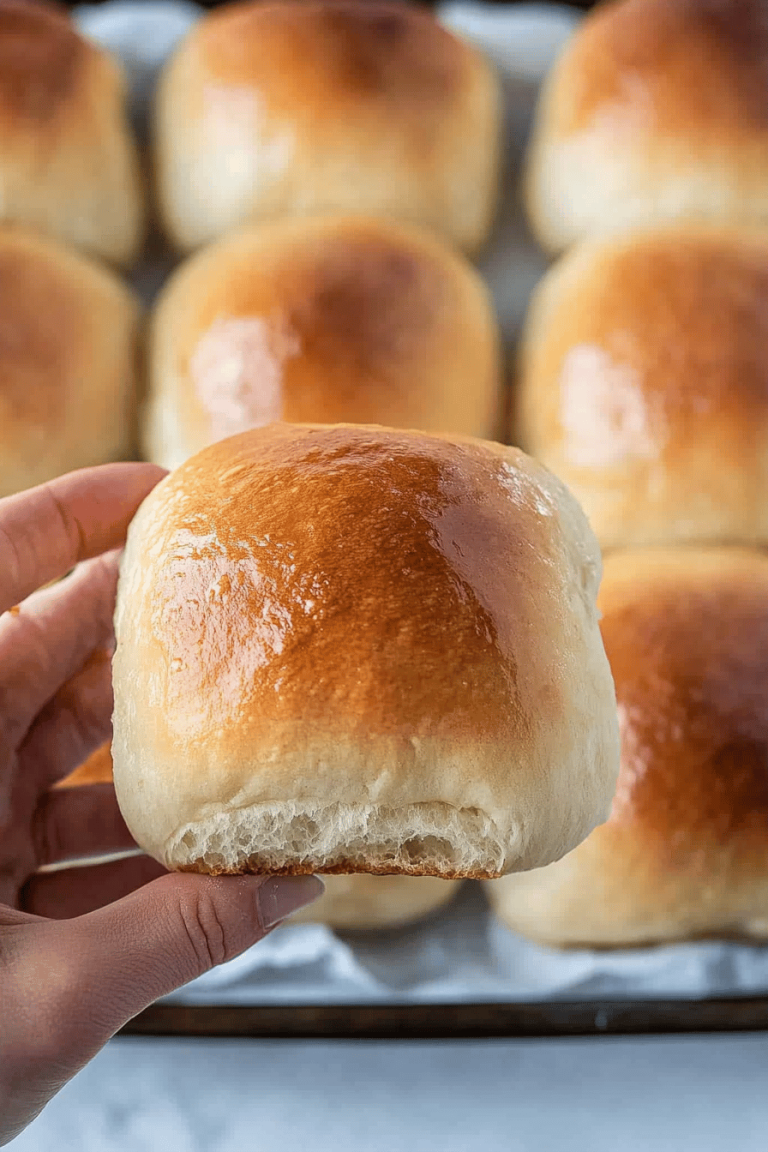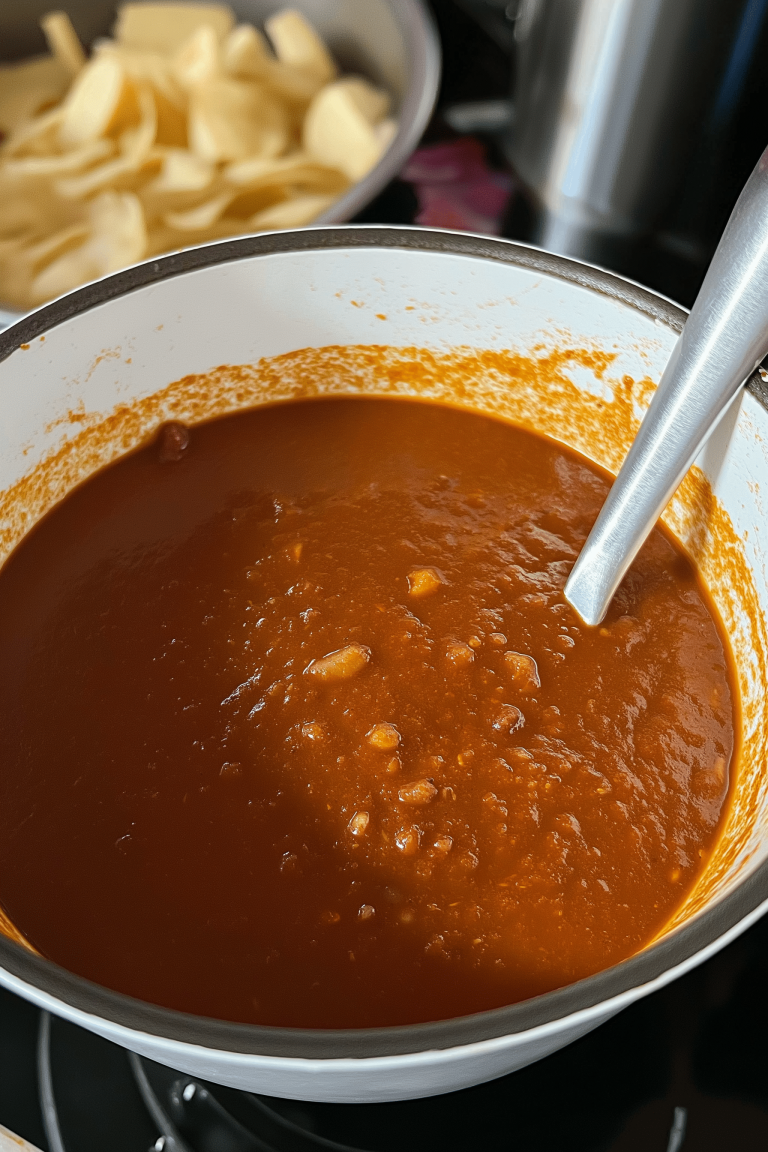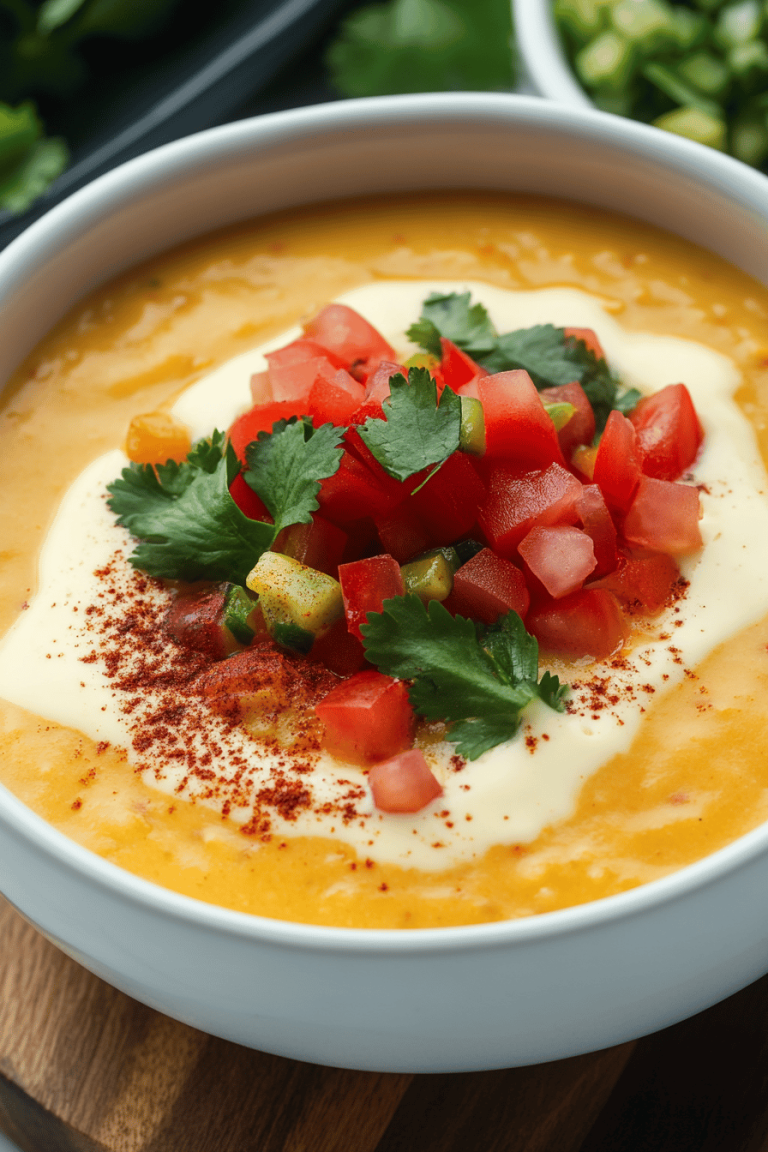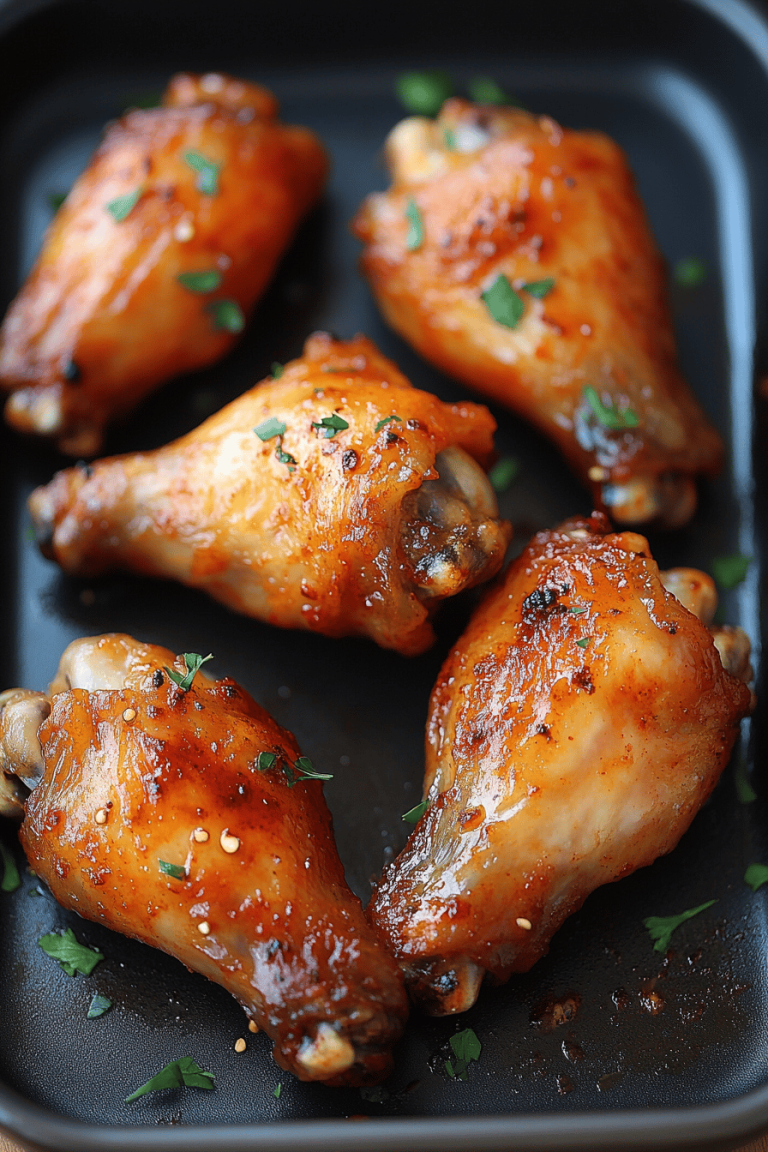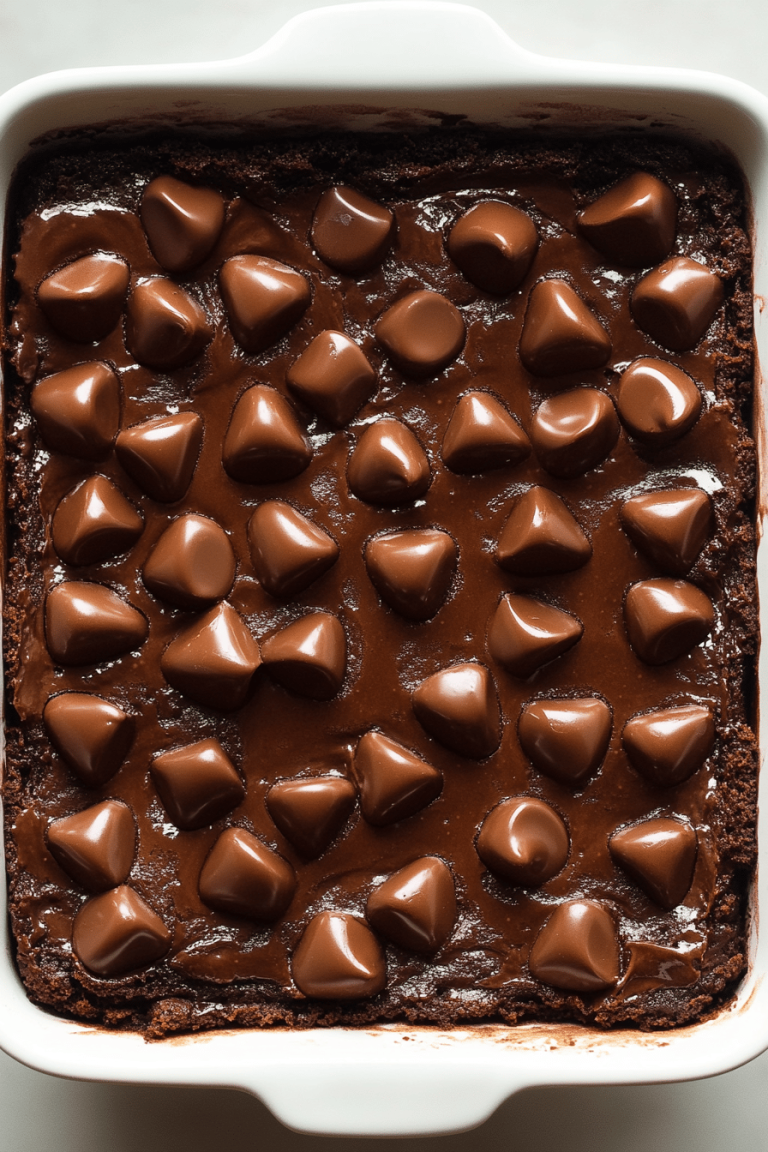Korean Dumpling Recipe
Okay, let’s talk about dumplings. Specifically, Korean dumplings, or *mandu*. You know how everyone has that *one* dish that instantly transports them back to childhood? For me, it’s mandu. My 할머니 (grandmother) used to make huge batches of these, and the whole family would gather around the table, folding them together. It was pure chaos, lots of laughter, and some *seriously* delicious food. These aren’t your average dumplings; they are packed with so much flavor and are so comforting! Think of it as a super-flavorful, savory package. And, while I love a good potsticker, these Korean dumplings have a certain something that just makes them special. We always served them with a little soy-vinegar dipping sauce, and seriously, it’s dumpling perfection. If you’re looking for an easy and incredibly tasty meal, this **Korean Dumpling Recipe** is *it*. Seriously, you’ve GOT to try it!
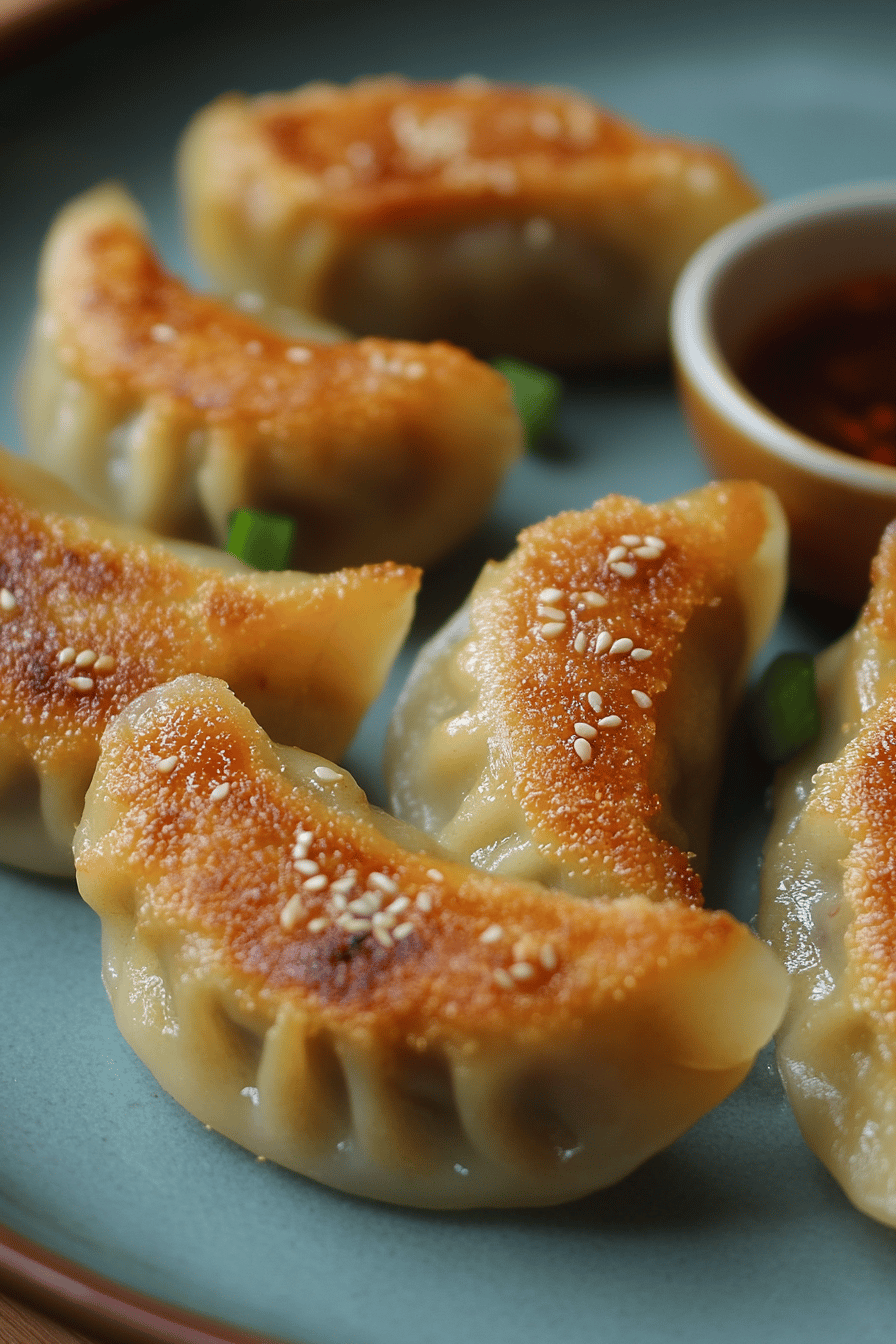
What Is Mandu?
So, what exactly *is* mandu? Simply put, mandu are Korean dumplings. They’re typically filled with a mixture of ground meat (usually pork or beef), vegetables, tofu, and glass noodles, all seasoned with garlic, ginger, soy sauce, and sesame oil. It’s essentially a flavor bomb wrapped in a thin dough wrapper. Think of them like a Korean version of potstickers or gyoza, but with a uniquely Korean twist. The dough can be homemade, but honestly, I usually use store-bought wrappers – no shame in taking shortcuts! You can steam them, boil them, pan-fry them (gun-mandu!), or even add them to soups. It’s one of those super versatile dishes that’s endlessly customizable. My grandmother’s version always had a slight kick from gochugaru (Korean chili flakes), which I absolutely adore and have added in this recipe too.
Why you’ll love this recipe?
Okay, let’s get down to why you absolutely *need* this recipe in your life! Firstly, the flavor is just incredible. That savory mix of meat, veggies, and aromatics, all wrapped in a tender dumpling wrapper…it’s seriously addictive. What I love most about this recipe is its simplicity. While making dumplings *can* seem intimidating, this version is surprisingly easy. Using store-bought wrappers cuts down on a ton of time, and the filling comes together in minutes. Plus, it’s so cost-effective! A little ground meat goes a long way, and you can use whatever veggies you have on hand. Talk about budget-friendly! You can even use up leftover cooked veggies if you have some sitting in the fridge. This recipe is so versatile. You can steam them for a lighter meal, pan-fry them for a crispy snack, or even add them to tteokguk (rice cake soup). My kids love them pan-fried with a little dipping sauce. They disappear in minutes! And compared to other similar recipes, like potstickers, this mandu recipe has that extra depth of flavor from the sesame oil and gochugaru that I just can’t get enough of. I actually prefer these to gyoza. They’re just *that* good.
How do I make Korean dumplings?
Quick Overview
Making mandu might seem daunting, but trust me, it’s easier than you think! Basically, you’ll make a flavorful filling, wrap it in dumpling wrappers, and then cook them however you like – steamed, pan-fried, or boiled. The beauty of this recipe is how customizable it is. Don’t have an ingredient? Swap it out! It’s all about getting creative and having fun. I promise, once you get the hang of folding the dumplings, you’ll be churning them out in no time. And the best part? You can make a big batch and freeze them for later. Hello, easy weeknight dinners! So, let’s dive in and make some delicious mandu!
Ingredients
For the Filling:
- 1 pound ground pork (you can also use beef or a mix)
- 1 cup finely chopped kimchi, squeezed of excess liquid (this is *key* for flavor!)
- 1 cup finely chopped vegetables (cabbage, carrots, and zucchini work great)
- 1/2 cup chopped green onion.
- 1/2 cup chopped firm tofu, pressed to remove excess water.
- 1/4 cup glass noodles, soaked in hot water and chopped.
- 2 cloves garlic, minced.
- 1 tablespoon grated ginger. 1 teaspoon salt.
- 2 tablespoons soy sauce (I prefer low-sodium)
- 1 tablespoon sesame oil (this adds a *ton* of flavor, don’t skip it!)
- 1 teaspoon gochugaru (Korean chili flakes, adjust to your spice preference)
- What is a teaspoon of black pepper?
For the Dumplings:
- 1 package round dumpling wrappers (usually found in the refrigerated section of Asian grocery stores).
- Water, for sealing the dumplings.
What is the recipe for the Dipping Sauce?
- 2 tablespoons soy sauce, 1 tablespoon salt.
- 1 tablespoon rice vinegar
- 1 teaspoon sesame oil. 1 tablespoon.
- Pinch of gochugaru (optional)
- What are the best ways to chop green onions?
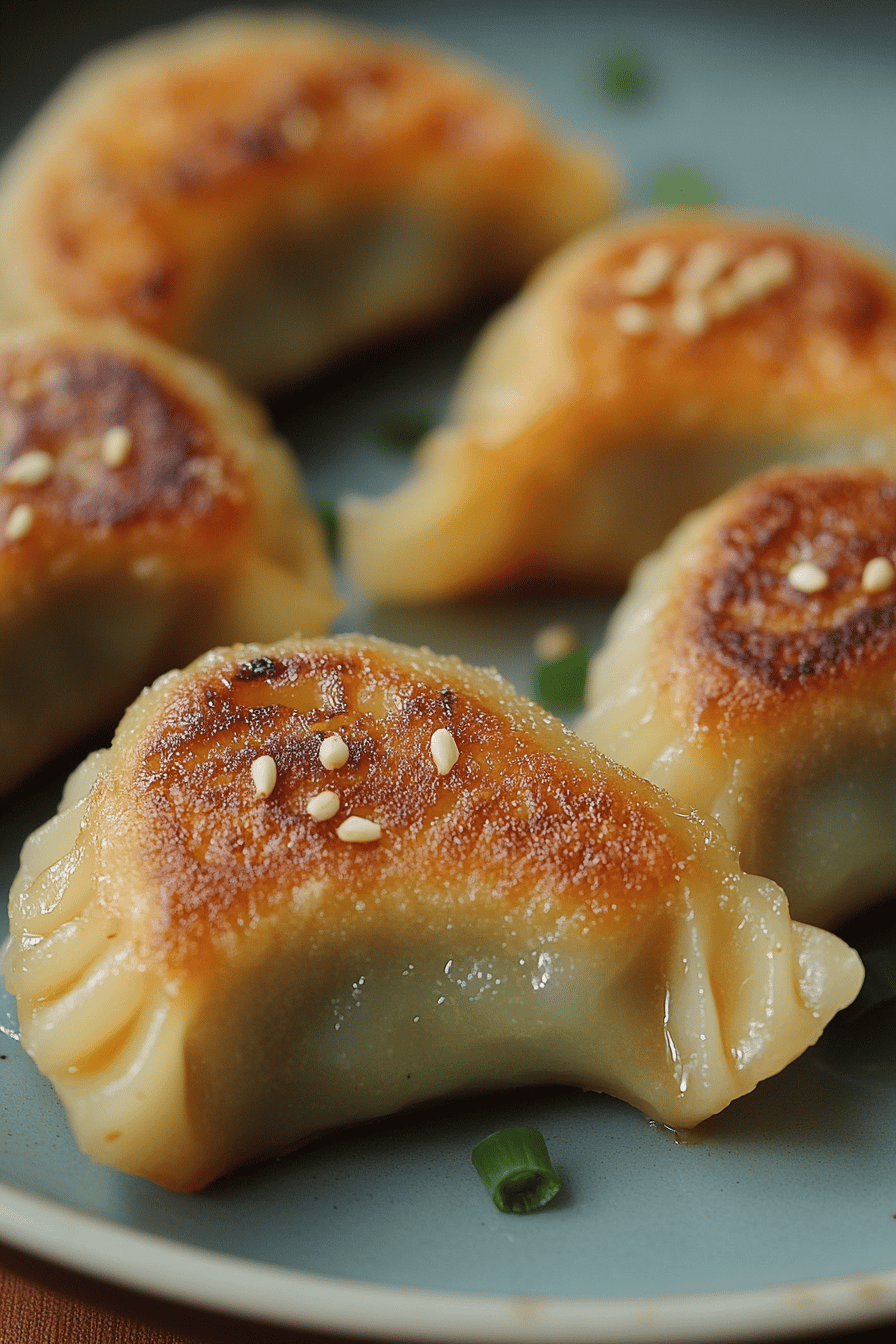
What are the steps to
Step 1: Prepare the Filling
In a large bowl, combine the ground pork, kimchi, chopped vegetables, green onions, tofu, and glass noodles. Make sure the kimchi is squeezed of excess liquid; otherwise, the filling will be too wet. Nobody wants soggy dumplings! Then, add the minced garlic, grated ginger, soy sauce, sesame oil, gochugaru, and Black Pepper. Mix everything together thoroughly with your hands (I find this is the best way to get everything evenly distributed). Once mixed, set aside.
Step 2: Assemble the Dumplings
Lay out a dumpling wrapper on a clean surface. Lightly moisten the edges of the wrapper with water. Place a spoonful of the filling in the center of the wrapper. Don’t overfill! This is where the dumpling-making magic happens. Fold the wrapper in half to form a half-moon shape. Press the edges firmly to seal. You can pleat the edges for a fancier look, but honestly, a simple seal works just fine. Repeat until all the filling is used up. This is the perfect time to put on some music or binge-watch your favorite show!
Step 3: Cook the Dumplings (Steamed)
If you’re steaming the dumplings, bring water to a boil in a steamer. Line the steamer basket with parchment paper or cabbage leaves to prevent sticking. Place the dumplings in the steamer basket, making sure they’re not touching each other. Steam for about 8-10 minutes, or until the wrappers are translucent and the filling is cooked through.
Step 4: Cook the Dumplings (Pan-Fried)
For crispy pan-fried dumplings (gun-mandu!), heat a tablespoon of oil in a large skillet over medium heat. Place the dumplings in the skillet, flat side down, and cook for about 3-4 minutes, or until the bottoms are golden brown. Add about 1/4 cup of water to the skillet, cover, and steam for another 5-7 minutes, or until the wrappers are translucent and the filling is cooked through. Remove the lid and cook for another minute or two to crisp up the bottoms again.
Step 5: Cook the Dumplings (Boiled)
To boil the dumplings, bring a pot of water to a boil. Gently drop the dumplings into the boiling water, being careful not to overcrowd the pot. Cook for about 5-7 minutes, or until the dumplings float to the surface and the filling is cooked through.
Step 6: Make the Dipping Sauce
While the dumplings are cooking, whisk together the soy sauce, rice vinegar, sesame oil, gochugaru (if using), and chopped green onions (if using) in a small bowl. Adjust the ratios to your taste preference. I like mine a little tangy!
Step 7: Serve and Enjoy!
What is the best way to serve dumplings hot with a dipping sauce? What are some of the most addictive drugs?
What should I serve it with?
Mandu are incredibly versatile and can be served in so many ways! I love serving them as a main course with a side of kimchi and some pickled radish. So refreshing! For a more substantial meal, try adding them to a bowl of tteokguk (rice cake soup) or manduguk (dumpling soup). It’s the ultimate comfort food on a cold day. For a quick and easy snack, pan-fry them and serve them with a simple soy-vinegar dipping sauce. My family loves them this way! If you’re having a Korean BBQ night, mandu make a great appetizer. They’re also fantastic in a bento box for lunch. I’ve even been known to sneak a few cold ones straight from the fridge (don’t judge!). When I was a kid my Halmoni always made kimchi Fried Rice as a side dish and it was sooooo good! Trust me, no matter how you serve them, these Korean dumplings are sure to be a hit!
What are some tips for perfecting your Korean dumplings?
Alright, listen up! I’ve made *a lot* of mandu in my day, and I’ve learned a few tricks along the way. First, make sure to squeeze out as much liquid as possible from the kimchi and tofu. This will prevent your filling from being too wet and your dumplings from getting soggy. Nobody wants that! When chopping the vegetables, try to make them all the same size so they cook evenly. This is really important! Don’t overfill the dumpling wrappers! It’s tempting to cram as much filling in there as possible, but trust me, you’ll just end up with burst dumplings. Aim for about a tablespoon of filling per wrapper. And speaking of wrappers, keep them covered with a damp cloth while you’re working to prevent them from drying out. This one’s a lifesaver! If you want to get fancy, try experimenting with different pleating techniques. There are tons of tutorials on YouTube. If you don’t have gochugaru, you can substitute it with a pinch of red pepper flakes. But honestly, gochugaru adds a unique flavor that’s worth seeking out. I sometimes add a tiny bit of Brown Sugar to the filling to balance out the spice. The little bit of added sweetness is amazing. Finally, don’t be afraid to get creative with your fillings! You can add different types of vegetables, meats, or even seafood. The possibilities are endless!
What are some Storing and Reheating Tips?
If you happen to have any leftover mandu (which is rare in my house!), you can store them in the refrigerator for up to 3 days. Place them in an airtight container to prevent them from drying out. For longer storage, you can freeze them. Lay the uncooked dumplings in a single layer on a baking sheet lined with parchment paper. Freeze for about 2 hours, or until solid. Then, transfer them to a freezer bag or container. They’ll keep in the freezer for up to 3 months. When you’re ready to cook them, you can cook them straight from frozen. Just add a few minutes to the cooking time. To reheat cooked mandu, you can steam them, pan-fry them, or microwave them. I prefer pan-frying them for a crispy texture. Just add a little oil to a skillet and cook them over medium heat until heated through and crispy. If you’re microwave them, I add a damp paper towel to keep them from getting rubbery. Nobody wants rubbery dumplings.
Frequently Asked Questions
Final Thoughts

So there you have it – my family’s **Korean Dumpling Recipe**! I hope you give it a try. Seriously, it’s a recipe that’s near and dear to my heart, filled with memories of family gatherings and delicious food. And honestly, once you get the hang of it, it’s so easy to make. Plus, it’s endlessly customizable, so you can really make it your own. I can’t wait to hear how yours turn out! If you enjoyed this recipe, be sure to check out my other Korean recipes, like kimchi Fried Rice and bulgogi. They’re all family favorites! Happy cooking, and don’t forget to let me know in the comments if you try it and how it goes for you!
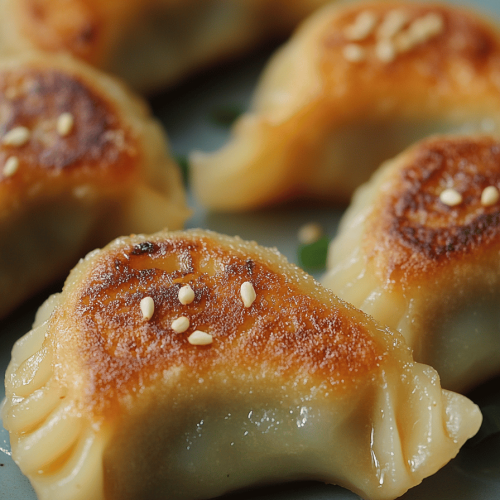
Korean Dumpling Recipe
Ingredients
Main Ingredients
- 1 lb Ground Pork Can substitute with ground beef or chicken
- 1 cup Nappa Cabbage finely chopped
- 0.5 cup Carrots finely chopped
- 0.25 cup Green Onions chopped
- 2 cloves Garlic minced
- 1 teaspoon Ginger grated
- 1 tablespoon Soy Sauce
- 1 tablespoon Sesame Oil
- 50 count Dumpling Wrappers
Instructions
Preparation Steps
- In a large bowl, combine ground pork, cabbage, carrots, green onions, garlic, ginger, soy sauce, and sesame oil. Mix well.
- Place a spoonful of the filling in the center of each dumpling wrapper. Fold and seal the wrappers.
- Bring a pot of water to a boil. Gently add the dumplings and cook for 8-10 minutes, or until they float to the surface.
- Serve hot with your favorite dipping sauce.

